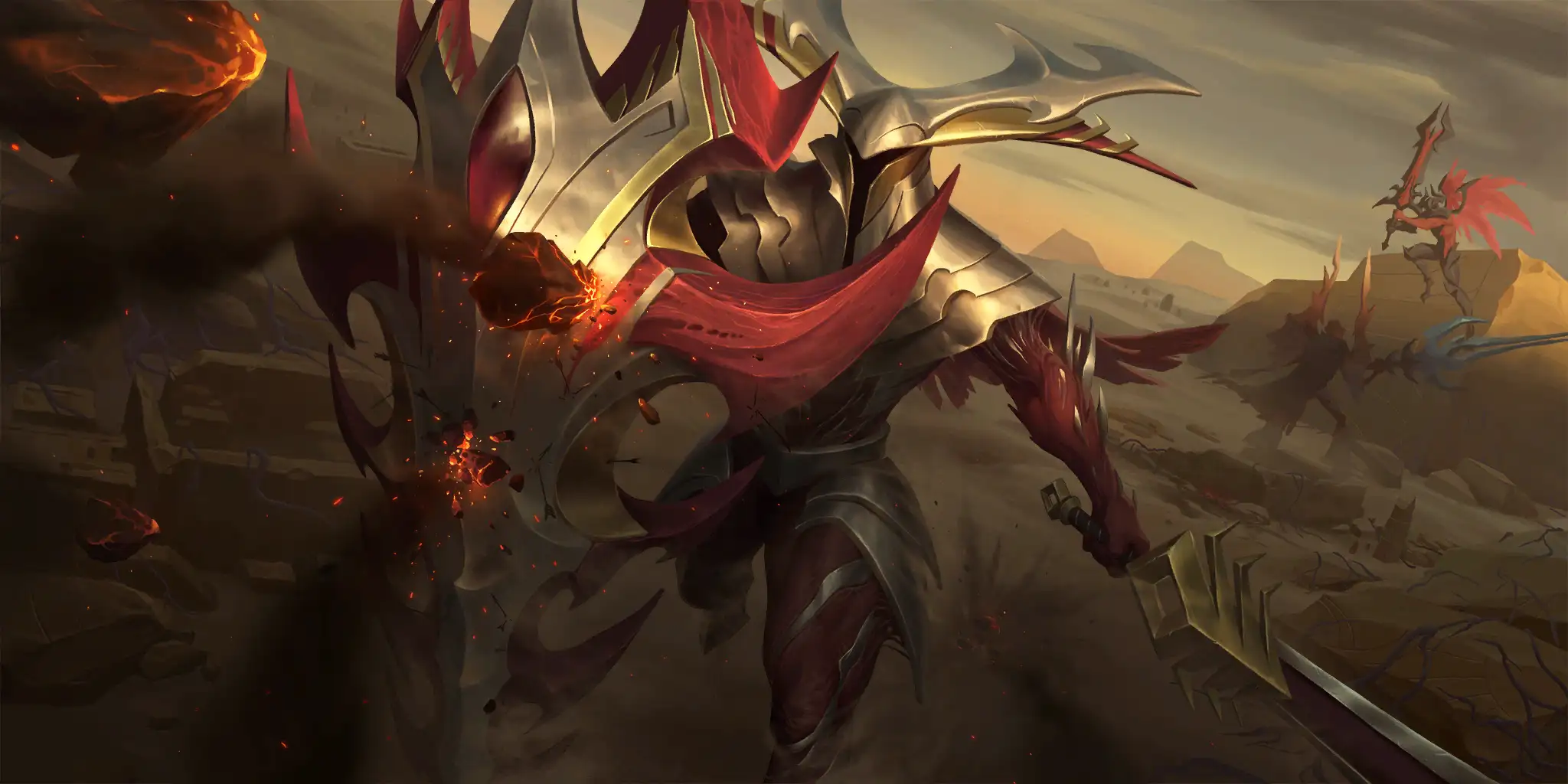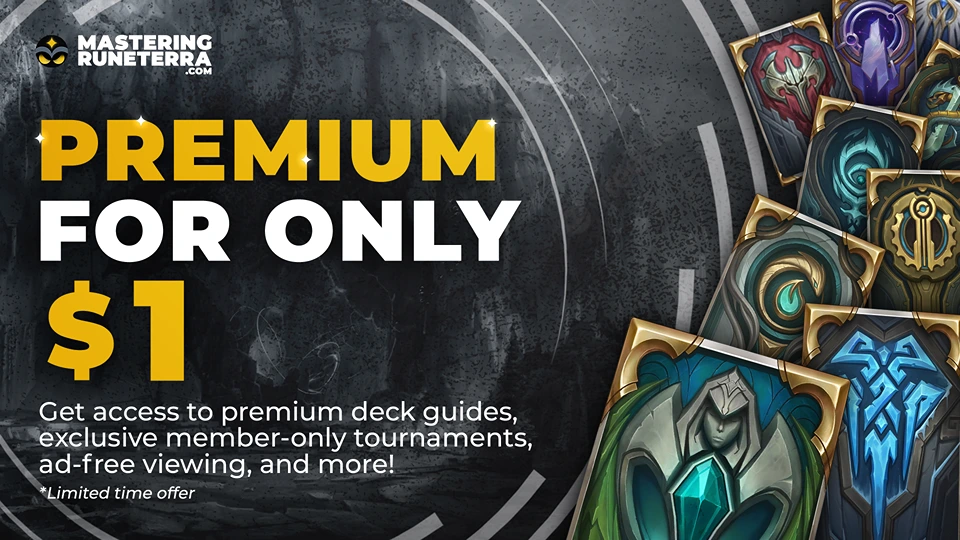The Domination Champions – Varus, Seraphine and Vayne – have in fact dominated the meta since their release, making up nine out the top ten most played decks.
{{Varus}} {{Seraphine}} {{Vayne}}
While Seraphine ...
This is one of our Premium articles
• Try our Premium Subscription for only $1 for the first month get access to Deck Guides for all the top decks, ad free viewing, subscriber only tournaments and a private Discord channel and unique role
Level up your game with the Mastering Runeterra Premium Membership!



